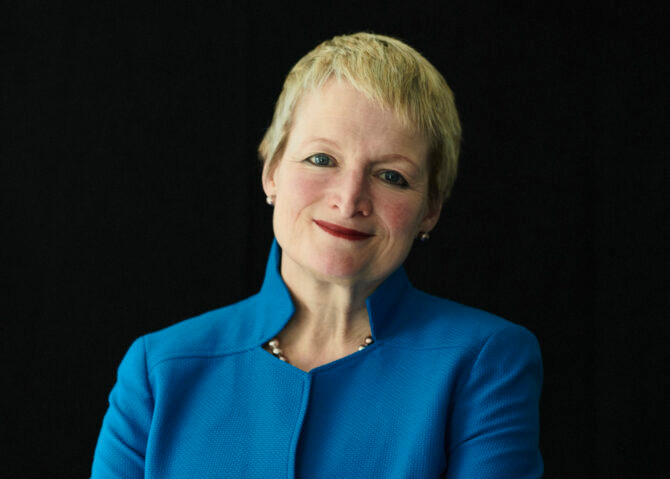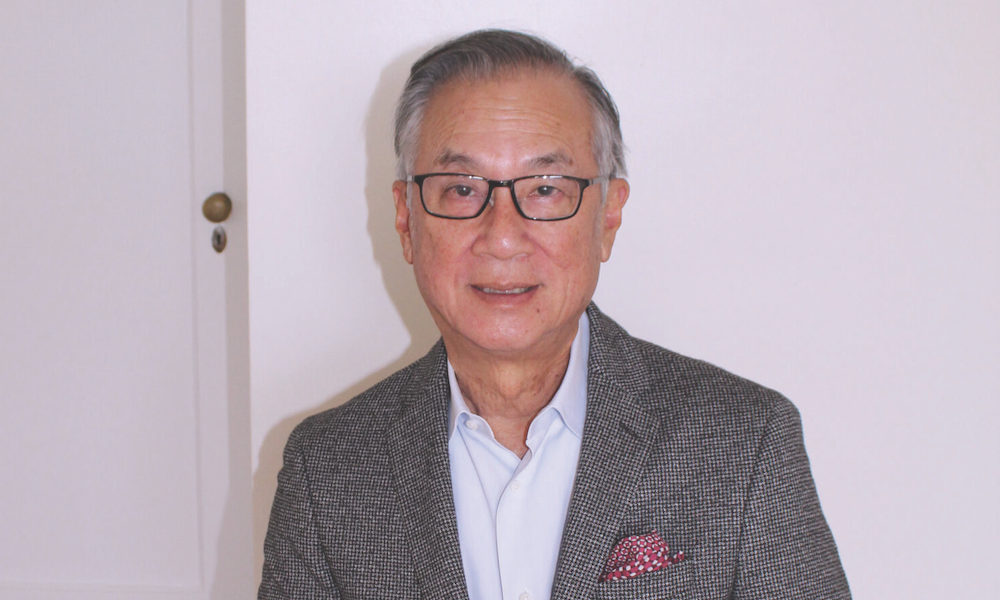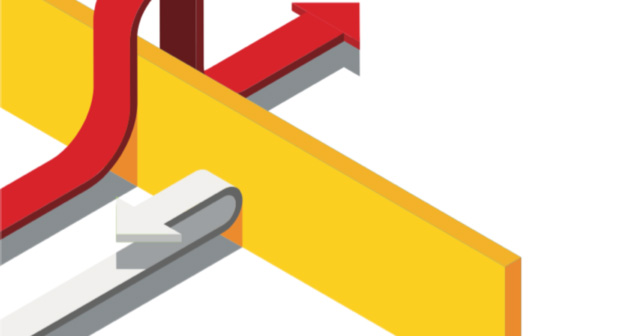Camelia Ram looks at how leaders can stay focused on long-term goals in the face of short-term shocks.
When we make any decision, we are trying to bridge the gap between a current state and some state in the future which we want to be true. The space between those current and desired states is defined by choice; our choices for action, which we base on the best information available at that point in time. When faced with shocks, all aspects of choice are affected. Our perception of what is desirable may be altered. We are likely to be presented with new courses of action as old ones become impossible, and the information available to make our choices may radically change.
Our natural bias is to perceive changes to the status quo as potential threats, leading us to take actions that protect and preserve what we have. This survival mindset may be valid for a time – it may mean focusing on short-term cash flow, or taking steps to maintain the safety of our staff and customers. However, to remain relevant in the long term, we must simultaneously keep one eye on an image of the future in which we thrive, not merely survive. This is vital to shaping our perception of what is possible, of the new courses of action that we must choose from, and of the information we use to shape our decisions.
There are four key components that leaders should consider to help find opportunities in the face of shocks and continue to make progress on their long-term aims.
Visualize
The first step is to have vivid images of the outcomes that matter most to you and your organization. In what ways are you contributing to others? How will success be measured? How do you celebrate and reward that success? Why do people join your organization, and why do they stay? Why do they leave? What will be the critical skills and roles needed to achieve your vision? A clear image of the future is essential to establish clear priorities, which will help you to allocate resources wisely.
One recent example of the power of visualizing outcomes comes from 2-Serve, a family-run fruit-and-veg supplier to top restaurants in central London, who were left with excess stock following the Covid-19 lockdown. One of their long-standing clients was Detox Kitchen, a home-delivery service that brings over a million meals a year to health-conscious Londoners. The two companies collaborated to create a Veg & Essentials Box for home deliveries. The ability of the two organizations to visualize a new service of benefit to both their customers and their staff is likely to serve them well over the long term.
Re-pattern
Long-term success requires destroying or letting go of the things we do that are not supporting desired outcomes. It means challenging existing beliefs and assumptions, accepting some loss as necessary, and forging resilience.
This process naturally leads to anxiety and resistance. To help people through change, leaders must communicate what outcomes are important and why, and explain in an open and transparent manner the reasons for any changes to a course of direction. Encourage respected colleagues to share personal accounts of a difficult time in the company’s history and how they overcame it; share stories from the present too, highlighting progress towards what will become the norm in the desired future. These narratives can provide others with tangible ideas about how they can help drive change.
The rapid rise of digital in the early 2000s threatened the market position of Fujifilm in photographic film. In order to survive, Fujifilm needed to create entirely new businesses, and fast. Reviewing their vast array of technologies, the company noticed strong synergies between making film and making cosmetics: its film photography expertise and knowledge of anti-oxidation methods could be applied to products to help regenerate skin. In 2006, Fujifilm launched its skincare business; by 2010, skincare had become a major element in Fujifilm’s diversified business portfolio. It remains a key growth area. By re-patterning and leveraging its existing strengths in new ways, Fujifilm was not just able to survive, but thrive in the face of disruption.
Sense signals
When shocks occur, the immediate response is to focus on keeping core operations going. However, organizations must also remain relevant to their customers, delivering what they need at that point in time. Leaders need to keep their finger on the pulse of what customers, competitors, and collaborators are likely to value as circumstances change. Develop scenarios to explore signals of change and their implications; they can serve as a dress rehearsal for crises, helping you to bounce back faster.
For example, universities with more evolved online offerings are in a better place to respond to the sudden need for virtual learning environments in the wake of Covid-19. Early signals were evident: there has long been a trend towards real-time, bite-sized and virtual learning. Universities with stronger partnerships in the corporate world are likely to have read these signals sooner. In all sectors, the coming months are the time to ask: what are the signals that could help us ride out the next shock?
Build resilience
The same qualities that allow organizations to withstand difficult circumstances are also key to sustaining performance over the long term. A major shock is likely to be followed by other setbacks and challenges, particularly in complex systems. We cannot foresee or prepare for all possible changes, and we also tend to underestimate the scale and intensity of changes. As well as building the capacity of our organizations, we must build our own personal capacity to perform, and help develop those we work with.
The interconnected and environmentally vulnerable world we inhabit means that small changes in one part of the globe can have significant unpredictable effects elsewhere. That ultimately makes the entire system more fragile. In this context, prolonged collaboration to deliver the outcomes that really matter are quickly becoming compulsory. The need for leaders to keep an eye on the long term will only become stronger.




